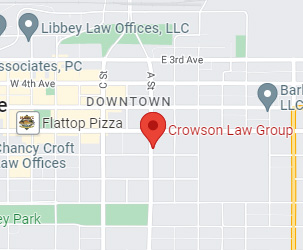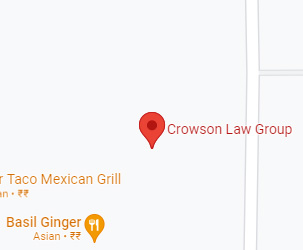Medical Malpractice – Proving Negligence

Hospitals, nursing homes and other medical providers owe patients a greater degree of care than one person over another. This is because they are entrusted with the medical treatment of individuals, so when a nursing home or hospital is negligent the patient may pursue a medical malpractice lawsuit against it. This article will discuss how to prove negligence when pursuing a medical malpractice lawsuit against a hospital or nursing home.
According to the Cornell Law School Legal Information Institute malpractice occurs when a professional fail to properly execute their duty to a client. The duty of a professional to a client is to follow the generally accepted professional standards. Medical malpractice is a specific personal injury case where the defendant is some sort of medical provider. The allegations associated with medical malpractice is that the defendant breached their duty of care while providing some type of medical care or treatment to the patient.
The plaintiff in any lawsuit must be able to establish all the legal elements so as to recover compensation. If any elements are missing then the victim will not prevail in that case. In civil cases, the standard that the jurors use is the preponderance of the evidence. The jury must decide if the plaintiff has established that it is ‘more likely than not’ that the defendant made all the legal elements of the claim. With regards to a medical malpractice case the following elements must be met by the plaintiff:
- Duty of care – this is the first element that the victim must establish. This is to show that the hospital or nursing home had a duty of care to the victim. In most cases, this element is easily established because of the existence of a contractual relationship between the healthcare provider and the patient. However, some medical malpractice cases involve doctors who are independent contractors and not employees of the hospital or nursing home. As such, this may complicate the question of which entity owed a duty to the plaintiff. The duty of care owed is the medical treatment that a reasonable medical provider of the same skill and education as the defendant would have provided under the circumstances.
- Breach of duty – this element must establish that the hospital or nursing home breached the duty of care. This is often proven by showing how the medical provider’s actions strayed from the accepted standard of care. In many cases it requires testimony from one or more medical experts regarding what other healthcare professionals would have done under the circumstances. Some examples of breaching the duty of care include failure to diagnose a condition or the delay of treatment.
- Causation – the victim must establish the direct link between the breach of care and the injury that resulted. This is difficult to prove because, for example, a misdiagnosis may have the same prognosis if a determination was made earlier.
- Damages – the victim must have suffered damages of some form. These may include economic or non-economic damages. For example, medical bills, lost wages, pain and suffering and emotional anguish.
Because of the complexity of medical malpractice cases it is advisable to seek legal assistance from an Alaska medical malpractice attorney.


